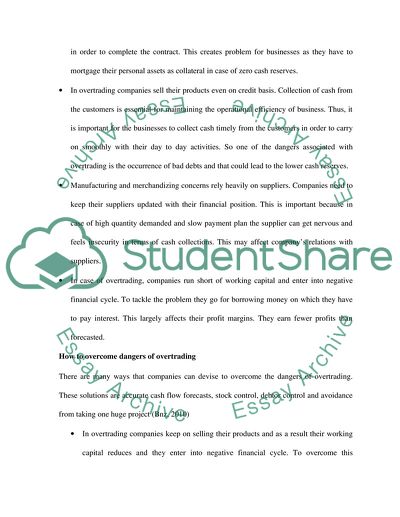Cite this document
(“Managing Financial Resources and Divisions Assignment”, n.d.)
Managing Financial Resources and Divisions Assignment. Retrieved from https://studentshare.org/finance-accounting/1745190-managing-financial-resources-decisions
Managing Financial Resources and Divisions Assignment. Retrieved from https://studentshare.org/finance-accounting/1745190-managing-financial-resources-decisions
(Managing Financial Resources and Divisions Assignment)
Managing Financial Resources and Divisions Assignment. https://studentshare.org/finance-accounting/1745190-managing-financial-resources-decisions.
Managing Financial Resources and Divisions Assignment. https://studentshare.org/finance-accounting/1745190-managing-financial-resources-decisions.
“Managing Financial Resources and Divisions Assignment”, n.d. https://studentshare.org/finance-accounting/1745190-managing-financial-resources-decisions.


